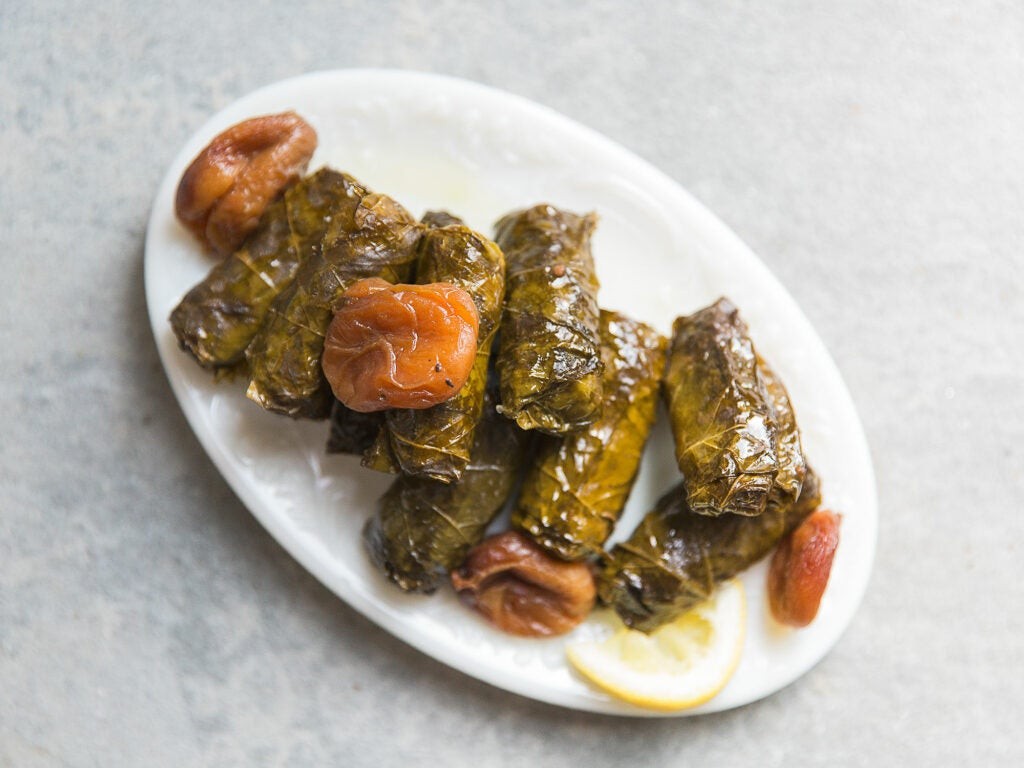Beyond the well-known hummus and falafel lies an expansive and diverse culinary world: Arab Foods. Spanning across Western Asia, North Africa, and parts of East Africa, Arab cuisine is a vibrant mosaic of flavors, ingredients, and traditions, shaped by centuries of history, cultural exchange, and regional nuances. Far from being a monolithic entity, “Arab cuisine” encompasses a remarkable variety of dishes, reflecting the unique identities of each Arab nation.
From the Levantine coast to the Arabian Peninsula and beyond, the term Arab foods encapsulates an incredibly rich gastronomic heritage. Think of the fragrant spice markets, the bustling kitchens filled with the aroma of simmering stews, and the tables laden with colorful mezze. This culinary tradition is built upon fresh, high-quality ingredients, generous use of spices, and a deep-seated culture of hospitality and sharing.
To truly appreciate Arab foods, one must move beyond generalizations and delve into the regional specialties. Consider the differences:
-
Levantine Cuisine: Countries like Lebanon, Syria, Palestine, and Jordan are renowned for their mezze platters, featuring an array of small dishes perfect for sharing. Think creamy hummus, smoky baba ghanouj, vibrant tabbouleh, and flavorful falafel. Grilled meats, fresh seafood, and an abundance of vegetables also characterize this region.
-
Egyptian Cuisine: Influenced by its fertile Nile Valley, Egyptian food features staples like ful medames (fava bean stew), koshari (a mix of rice, lentils, pasta, and chickpeas), and molokhia (jute leaf soup). Bread is central to every meal, and dishes are often hearty and satisfying.
-
North African Cuisine: The Maghreb region (Morocco, Algeria, Tunisia, Libya) showcases a blend of Berber, Arab, and French influences. Tagines, couscous, and pastilla are iconic dishes, often incorporating dried fruits, nuts, and aromatic spices like saffron, cumin, and ginger.
-
Gulf Cuisine: The Arabian Peninsula, including Saudi Arabia, UAE, Qatar, Kuwait, Bahrain, and Oman, boasts dishes rich in rice, meat (especially lamb and chicken), and seafood. Spices like cardamom, cloves, and cinnamon are generously used, and dates and coffee are essential elements of hospitality. Machboos, Kabsa, and Harees are just a few examples of flavorful Gulf dishes.
-
Iraqi Cuisine: Influenced by its Mesopotamian heritage, Iraqi food is known for its flavorful rice dishes, grilled meats, and stews. Kibbeh, dolma, and masgouf (grilled fish) are popular, and spices like baharat and sumac add depth to the dishes.
Image of Beef Dolmas with Apricots and Tamarind, a Syrian Jewish dish showcasing the sweet and sour flavors common in Arab cuisine.
Exploring Popular Arab Food Dishes:
The world of Arab foods is vast, but here are some must-try dishes that offer a glimpse into its diverse flavors:
Appetizers (Mezze):
- Hummus: A creamy dip made from chickpeas, tahini, lemon juice, and garlic. A cornerstone of Arab cuisine and globally recognized.
- Baba Ghanouj: Smoked eggplant dip blended with tahini, garlic, and lemon juice. Offers a smoky and rich flavor profile.
- Tabbouleh: A refreshing parsley and bulgur salad with tomatoes, mint, and a lemon-olive oil dressing. A light and zesty mezze option.
- Falafel: Deep-fried balls or patties made from ground chickpeas or fava beans, seasoned with herbs and spices. A popular street food and vegetarian option.
- Kibbeh: Minced meat (often lamb) and bulgur wheat shells filled with spiced meat and pine nuts. Can be fried, baked, or served raw.
- Dolma: Grape leaves, cabbage leaves, or vegetables stuffed with rice, herbs, and sometimes meat. Variations exist across the Arab world.
Image of Galilean-Style Hummus, highlighting the generous use of spices and olive oil in Arab hummus variations.
Main Courses:
- Shawarma: Thinly sliced marinated meat (lamb, chicken, or beef) cooked on a vertical rotisserie and served in pita bread or wraps. A widely loved street food.
- Kofta: Ground meat (lamb or beef) mixed with spices and herbs, often grilled or baked on skewers. Versatile and flavorful meat patties or kebabs.
- Tagine: Slow-cooked stews from North Africa, named after the earthenware pot they are cooked in. Often feature meat, poultry, or vegetables with fruits, nuts, and spices.
- Couscous: Steamed semolina granules, often served with stews, meats, and vegetables. A staple in North African cuisine.
- Machboos/Kabsa: Spiced rice dishes from the Gulf region, typically cooked with meat (chicken, lamb, or fish) and aromatic spices. Hearty and flavorful rice-based mains.
- Mansaf: A Jordanian and Palestinian dish of lamb cooked in fermented dried yogurt (jameed) and served with rice or bulgur. A significant dish in Bedouin tradition.
- Biryani: While originating in the Indian subcontinent, Biryani has become popular in Arab countries, especially in the Gulf, with regional adaptations. A mixed rice dish with meat, vegetables, and aromatic spices.
Image of Roast Chicken with Sumac Flatbread (M’sakhan), a Palestinian dish demonstrating the use of sumac and flatbread in Arab cooking.
Desserts:
- Baklava: Layers of flaky pastry filled with nuts and soaked in sweet syrup or honey. A rich and decadent dessert found across many Arab countries with regional variations.
- Ma’amoul: Small shortbread pastries filled with dates, pistachios, or walnuts, often flavored with rosewater or orange blossom water. Popular during holidays and celebrations.
- Knafeh: A cheese pastry soaked in sweet, sugar-based syrup, typical of the Levant. Often topped with pistachios.
- Umm Ali: An Egyptian bread pudding made with puff pastry, milk or cream, nuts, and raisins. A warm and comforting dessert.
Image of Cashew Baklava, showcasing the sweet and nutty flavors of Arab desserts.
Condiments and Accompaniments:
- Tahini: Sesame seed paste, a fundamental ingredient in many Arab dips and sauces.
- Harissa: A spicy chili paste from North Africa, used to add heat and flavor to dishes.
- Schug: A spicy Yemeni hot sauce made with chilies, garlic, and spices.
- Torshi: Pickled vegetables, common across the Middle East and used as a condiment to add acidity and flavor.
- Labneh: Strained yogurt, a thick and creamy cheese-like spread, often served with olive oil and herbs.
The Essence of Arab Food Culture:
Beyond the dishes themselves, Arab foods are deeply intertwined with cultural values. Hospitality is paramount, and meals are often communal affairs, shared with family and friends. Food is a celebration of life, community, and tradition. The emphasis on fresh, local ingredients and time-honored cooking methods reflects a deep respect for nature and heritage.
Exploring Arab foods is an invitation to embark on a sensory adventure. From the fragrant spices to the vibrant colors and the rich tapestry of flavors, it’s a culinary journey that promises to delight and enrich your understanding of Arab culture and hospitality. So, venture beyond the familiar and discover the incredible diversity and deliciousness that Arab foods have to offer.

